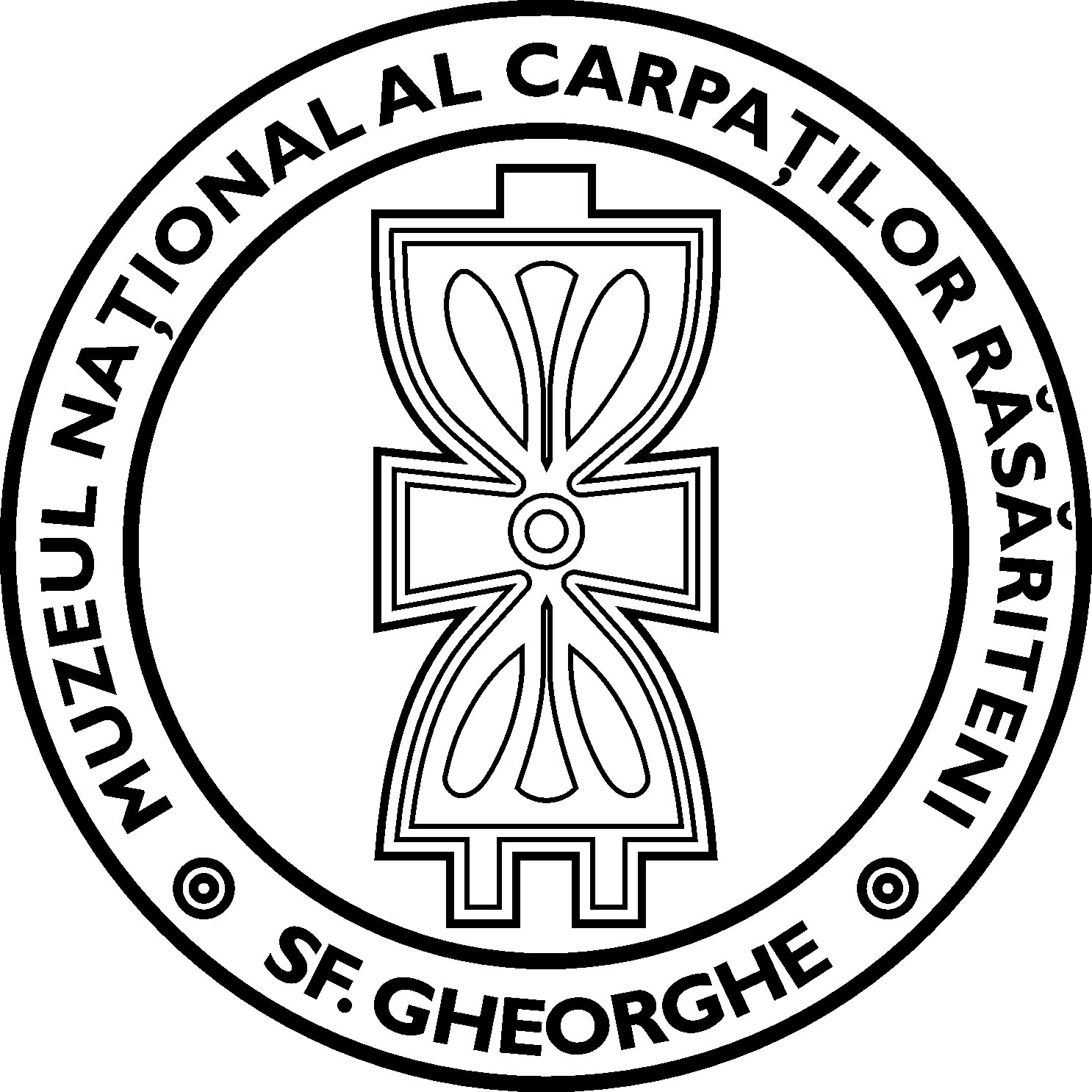Based on this document we can understand that some of the bronze artefacts were found in the village Torja, while others in a neighbouring site at Bálványos, but there is no information about which object was discovered where exactly. Also, another flange-hilted sword (Griffzungenschwert) considered as being discovered at Odorheiu Secuiesc, was found at Torja or Bálványos. Based on older literature the first locality seems more probable. Possibly we have to deal with two hoards: the first one is made of the sword with disc pommel, discovered somewhere on the territory of Bálványos locality, the second composed of the three socketed axes and the flange-hilted sword. In the older studies all the objects were dated to the Ha A2-B1 period. Based on new analogies and depositional customs the objects more likely belong to the Ha B1 epoch, with a small chance to belong in Ha A2 and B2 periods. Also, a Ha B dating seems more probable, since all the three, present known settlements (Gáva Culture) from Turia were dated to this timespan. A possible interpretation of the hoard(s) was also made. In our opinion the depositions had a votive character. Both swords have use marks on their blade, probably as a result of fighting. One of the socketed axes is broken, another’s top shows powerful blowing marks. Very likely both cases are the results of deliberate
destruction. Before deposition none of the objects was repaired or re-sharpened. After their withdrawal from daily use, as a final act, they were placed in a particular place bearing a special connotation for the locals.
Date noi cu privire la primul depozit de bronzuri de la Turia/Torja (județul Covasna)/New data on the first bronze hoard from Turia/Torja (Covasna County)
